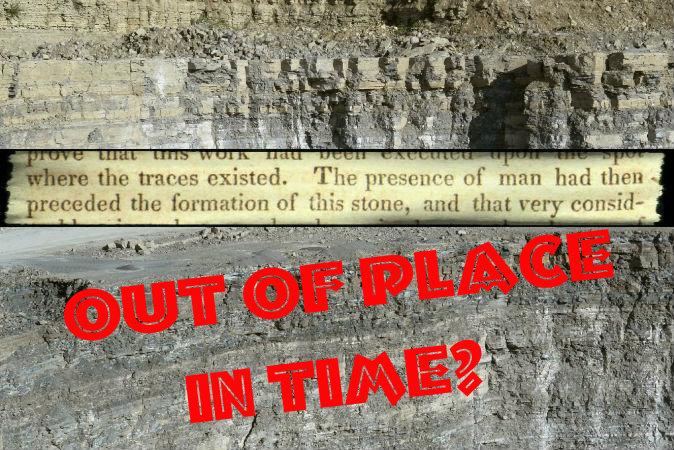Oopart (out of place artifact) is a term applied to dozens of prehistoric objects found in various places around the world that seem to show a level of technological advancement incongruous with the times in which they were made. Ooparts often frustrate conventional scientists, delight adventurous investigators open to alternative theories, and spark debate.
While quarrying stone in Aix-en-Provence, France, in the late 18th century, workers uncovered what appeared to be a very unusual work site. They had dug through 11 layers of limestone, each separated by a bed of sand mixed with clay, and there they found wooden hammer handles and other wooden tools petrified into agate.
Half-wrought stones were also found with the tools.
The discovery was recorded by Count Bournon in “Mineralogy.” His account is translated from French to English in the The American Journal of Science and Arts, v.2, 1820 (pages 145–146). Bournon wrote: “Here then, we have the traces of a work executed by the hand of man, placed at the depth of fifty feet, and covered with eleven beds of compact limestone: everything tended to prove that this work had been executed upon the spot where the traces existed. The presence of man had then preceded the formation of this stone, and that very considerably since he was already arrived at such a degree of civilization that the arts were known to him, and that he wrought the stone and formed columns out of it.”





